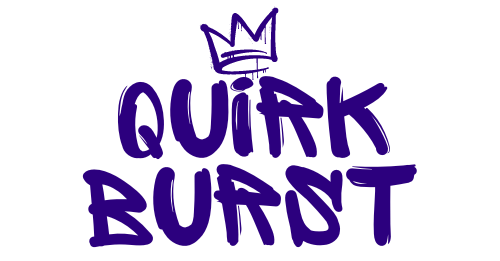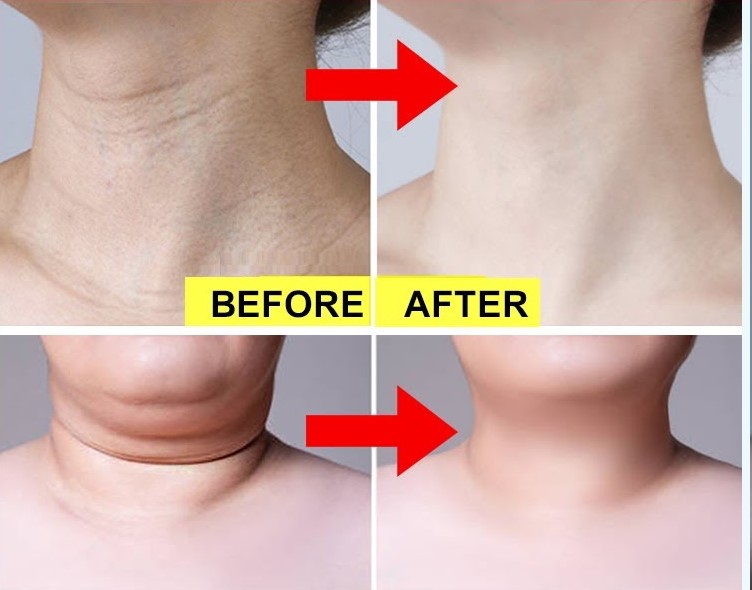Your Step-by-Step Guide to Becoming a Male Model and Succeeding
Becoming a male model can be an exciting and lucrative career path, yet many aspiring models face numerous challenges in breaking into the industry. These challenges often include a lack of experience, difficulty in finding representation, and uncertainty about how to effectively market themselves.
To overcome these obstacles, it is essential to equip oneself with the right knowledge and strategy.
This guide aims to provide actionable insights and step-by-step instructions to help you navigate the modeling landscape, build a strong portfolio, and connect with industry professionals.
Whether you are just starting or seeking to elevate your existing career, our comprehensive approach will empower you to succeed in the competitive world of male modeling.
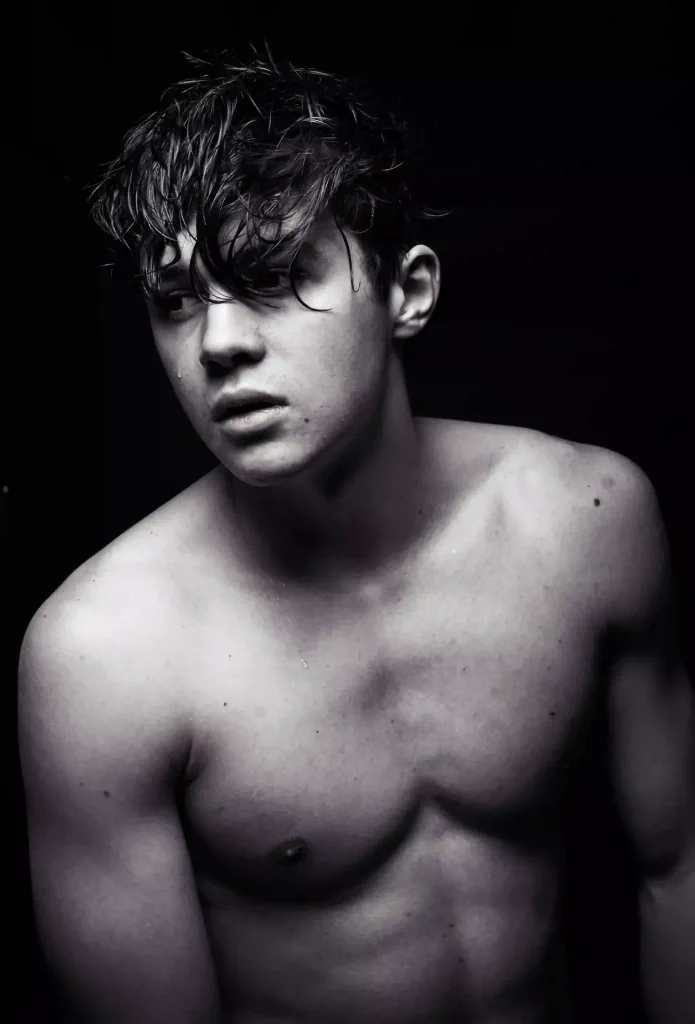
5 Steps to Becoming a Male Model
Research and Choose Your Niche
Understanding the different types of modeling is crucial for identifying where your strengths lie. Spend time researching various niches such as high fashion, commercial, fitness, or parts modeling.
Consider factors like your physical attributes, personal style, and interests. Watching industry-related content, following successful models, and examining the requirements of each niche can help you make an informed decision.
Build a Portfolio
Your portfolio is a vital tool in the modeling industry; it acts as your business card. Invest in professional photoshoots that showcase your range as a model, highlighting various expressions, poses, and looks.
Work with experienced photographers who have a strong understanding of the fashion industry. A diverse portfolio should include different outfits, settings, and styles to demonstrate your versatility and appeal to various clients.
Get Exposure
In today’s digital age, social media plays a key role in getting noticed. Use platforms like Instagram and modeling-specific websites to showcase your portfolio.
Share high-quality images regularly and engage with your audience, as well as industry professionals. Additionally, seek opportunities to attend industry events, open calls, and even networking gatherings.
This exposure will help you establish connections and increase your visibility in the competitive modeling landscape.
Network and Find Representation
Building relationships in the modeling industry can often open doors to opportunities that might not be widely advertised.
Attend fashion shows, workshops, and other events where you can meet models, photographers, and agents. Consider reaching out to reputable modeling agencies for representation, as they can provide valuable resources, guidance, and connections.
It’s essential to choose an agency that aligns with your goals and values while also having a solid reputation in the industry.
Audition and Book Jobs
The audition process can be daunting, but persistence is key. Attend as many auditions as possible, even if that means facing rejection.
Each audition is a learning experience that prepares you for future opportunities. Stay professional and adaptable, showcasing your ability to take direction and embody the brand’s vision.
As you begin to book jobs, remember that each one contributes to building your experience and reputation, creating more chances for future work.
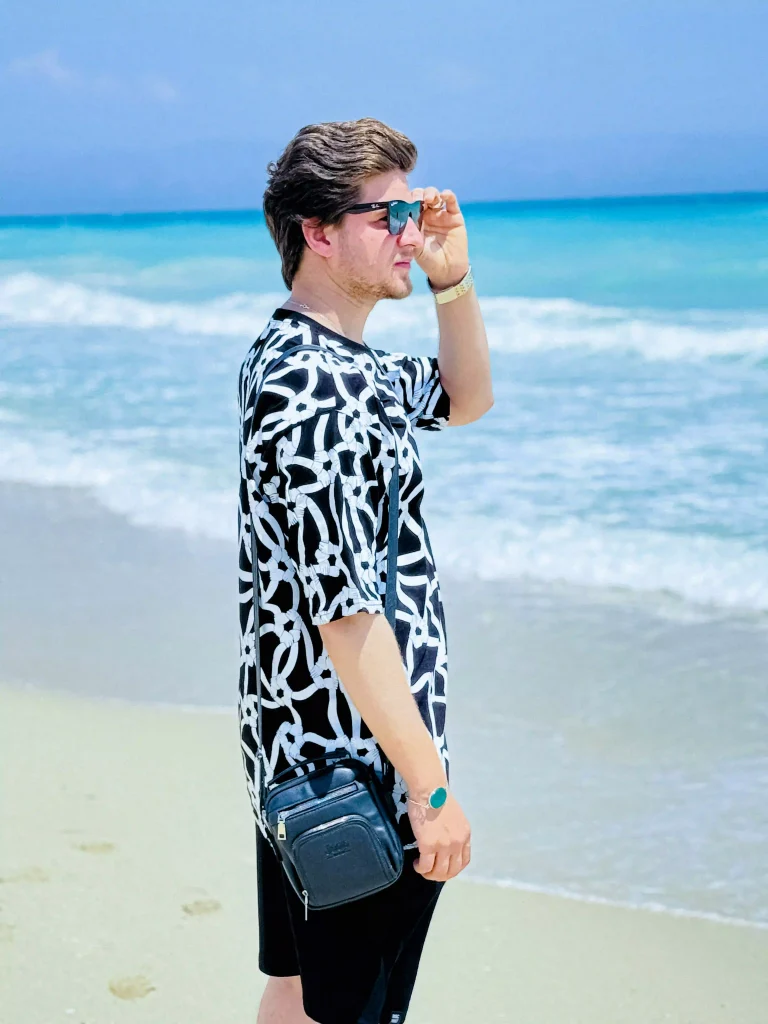
What is a male model?
A model is an individual who represents and promotes products, primarily clothing and accessories, through various forms of media. This can include runway shows, print advertisements, commercials, and online platforms.
Models play a crucial role in the fashion and advertising industries by embodying the aesthetic and personality that brands wish to convey. They often participate in fashion weeks, showcasing designers’ latest collections in front of audiences and industry professionals.
The field of modeling is diverse, featuring models with different body types, ethnic backgrounds, and personal styles, which allows brands to appeal to a wider range of consumers.
There are several niches within modeling, including high fashion, commercial, fitness, and lifestyle modeling. Each niche has its own unique requirements and targeted demographics.
In high fashion, for example, models may need to meet specific height and size criteria, while commercial models may represent more relatable and accessible images aimed at the average consumer.
As the industry continues to evolve, the definition of what constitutes a model expands, allowing for greater inclusivity and representation.
Read also: 24 Types of Shorts for Men Perfect for Fashion and Fitness
What do male models do?
Models work with photographers, fashion designers, and casting directors to bring creative visions to life. Their job involves posing, maintaining physical fitness, and often traveling to various locations for shoots and shows.
They also need to be versatile, adapting their looks and poses to fit the brand or product they are representing.
What does it take to be a male model?
Becoming a successful model requires more than just good looks. It demands perseverance, the ability to handle rejection, strong communication skills, and adaptability.
Physical fitness is also crucial, as is the ability to maintain a specific appearance that aligns with industry standards.
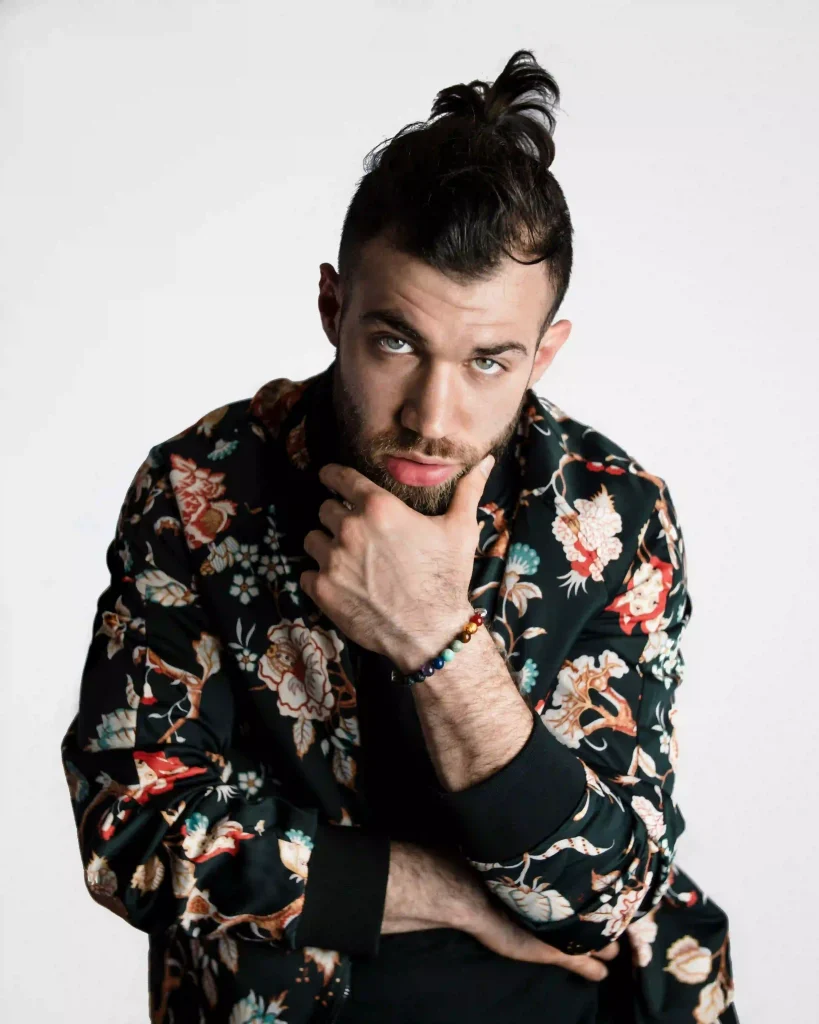
Types of Male Models
Finding Your Niche as a Male Model
Male modeling is diverse, and finding your niche is essential for success. Here are some common types of male models:
Fashion/Editorial Models
These models are often the faces of high-fashion brands and are featured prominently in magazines like Vogue and GQ.
They regularly participate in runway shows, showcasing designers’ collections to fashion insiders and the public.
Successful fashion models typically meet specific height and size criteria, allowing them to embody the latest trends and styles set forth by designers.
Commercial Models
Unlike their high-fashion counterparts, commercial models represent a broader range of demographic profiles and are found in various advertising campaigns.
Their work often includes commercials, online advertisements, and catalog photos for everyday products such as clothing, cars, or household items.
Commercial models must appeal to the average consumer and often possess the versatility to adapt to diverse roles, making them highly sought after.
Fitness Models
Renowned for their athletic physiques, fitness models portray an active lifestyle and endorse sportswear, gym equipment, or health-related products.
They often participate in fitness-related photo shoots and events, requiring dedication to workout regimens and nutrition to maintain their impressive physical appearance. Their image is typically associated with health, vitality, and motivation.
Parts Models
These specialized models focus on showcasing specific body parts rather than the entire body. Parts models may model hands, feet, hair, or other features for advertisements and commercials.
Typically employed in industries such as beauty or jewelry, parts models need to exhibit meticulous care regarding the specific body part they represent, ensuring it meets industry standards.
Plus-Size Models
In recent years, the demand for plus-size models has grown significantly, reflecting a shift towards a more inclusive representation of body types in the fashion industry.
These models promote clothing lines and brands that cater to larger sizes, helping to challenge traditional beauty standards.
Plus-size modeling requires an understanding of body positivity and a confident presence, as these models advocate for diversity within fashion and beyond.
Each type of model has its unique requirements and appeal, emphasizing the importance of finding a niche that aligns with personal strengths and market demand. By identifying one’s specialty, aspiring models can better position themselves within the competitive modeling industry.
Also read: What Should I Wear To a Country Concert Outfit?
How Much Do Models Make?
The earnings of models can vary widely based on experience, niche, and market demand. Top models can earn significant sums, but starting salaries may be modest. According to industry data:
- Entry-Level Models: Can expect to earn between $100 to $150 per hour.
- Experienced Models: Earnings can range from $1,500 to $10,000+ per day, depending on the job and client.
How much does it cost to become a model?
Investing in a modeling career isn’t cheap. Costs can include:
- Professional Photoshoots: Ranging from $500 to $2,000 for a quality portfolio.
- Modeling Classes and Workshops: These can cost between $200 to $1,000.
- Travel Expenses: Especially for attending castings and shoots.
- Agency Fees: Typically, agencies take a commission of 15-20% of your earnings.
Becoming Successful in the Modeling Industry
Living the Life of a Model
The life of a model can be glamorous but also demanding. It involves constant travel, maintaining physical fitness, and adapting to the expectations of different clients. Time management and mental resilience are key to balancing work and personal life.
Famous Male Models
Learning from the best can be inspiring, and several notable models have left a significant mark on the fashion industry, showcasing their versatility and professionalism.
David Gandy
Renowned for his sophisticated and rugged look, Gandy has made a name for himself through his collaborations with luxury brand Dolce & Gabbana.
His iconic campaigns, especially the striking ‘Light Blue’ fragrance advertisements, have solidified his status as a leading model. Gandy is also known for his advocacy of male grooming and fitness, sharing insights on health and style through various media platforms.
Tyson Beckford
As a pioneer in the modeling realm, Beckford broke barriers with his work for Ralph Lauren in the 1990s. He became the face of the brand’s Polo ads, helping to redefine the standards of male beauty in the fashion world.
Beyond modeling, he has ventured into acting and has been a prominent figure on television, appearing on shows like “America’s Next Top Model” as a mentor and judge, further encouraging aspiring models to pursue their dreams.
Sean O’Pry
Consistently ranked among the top models globally, O’Pry has worked with prestigious designers and brands, including Versace, Calvin Klein, and Giorgio Armani. His striking blue eyes and chiseled features have made him a favorite in both high fashion and commercial modeling.
O’Pry has also made headlines for being one of the first models to reach a million followers on Instagram, showcasing the evolving landscape of modeling in the digital age while inspiring a new generation of models through his social media presence.
These models have not only achieved personal success but have also significantly contributed to changing perceptions of masculinity and beauty within the fashion industry, setting a standard for future models to aspire to.
Also read: Glowy Skin: Easy Tips for a Radiant Complexion
Challenges and FAQs
Wrapping up
Becoming a male model is a challenging yet rewarding career path. With dedication, the right resources, and an understanding of the industry, you can achieve success. Remember, a strong portfolio, effective networking, and perseverance are your best tools.
